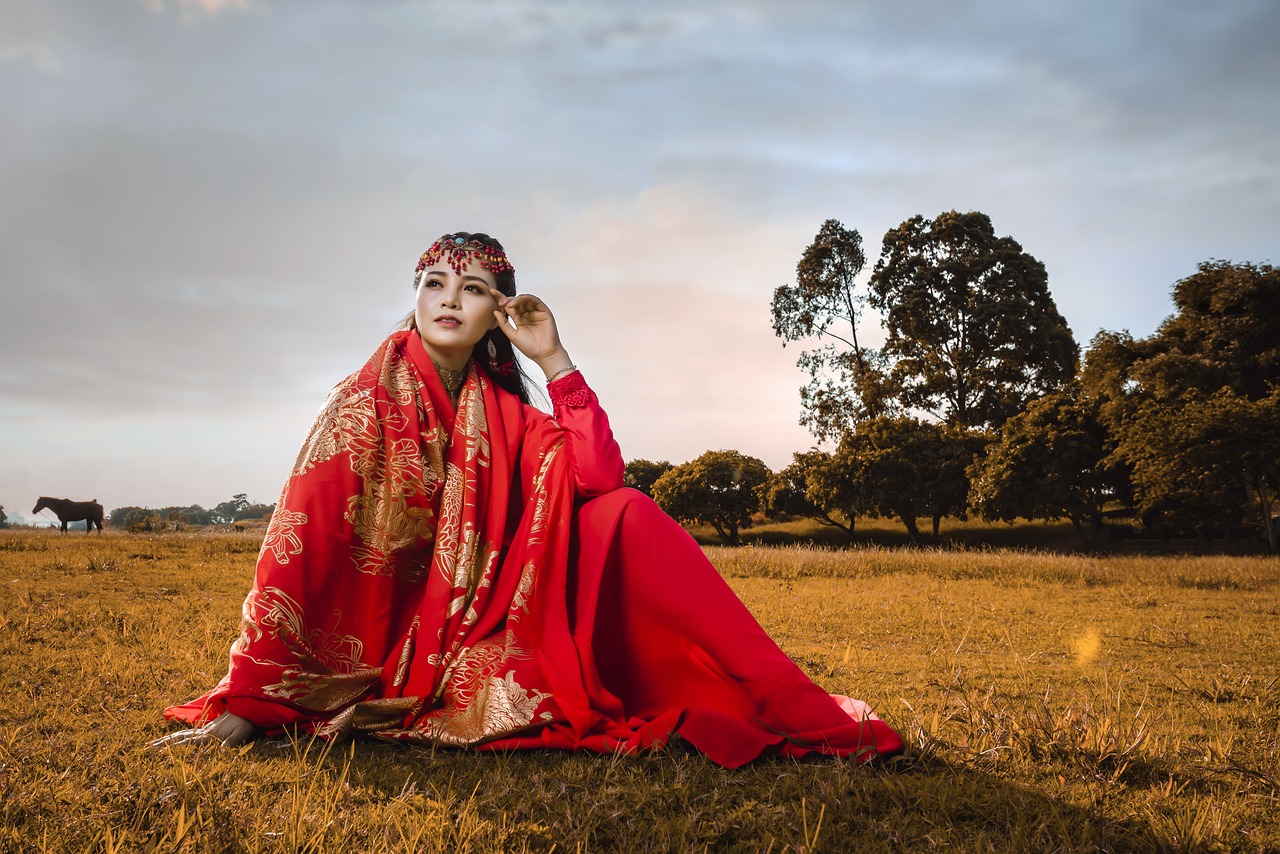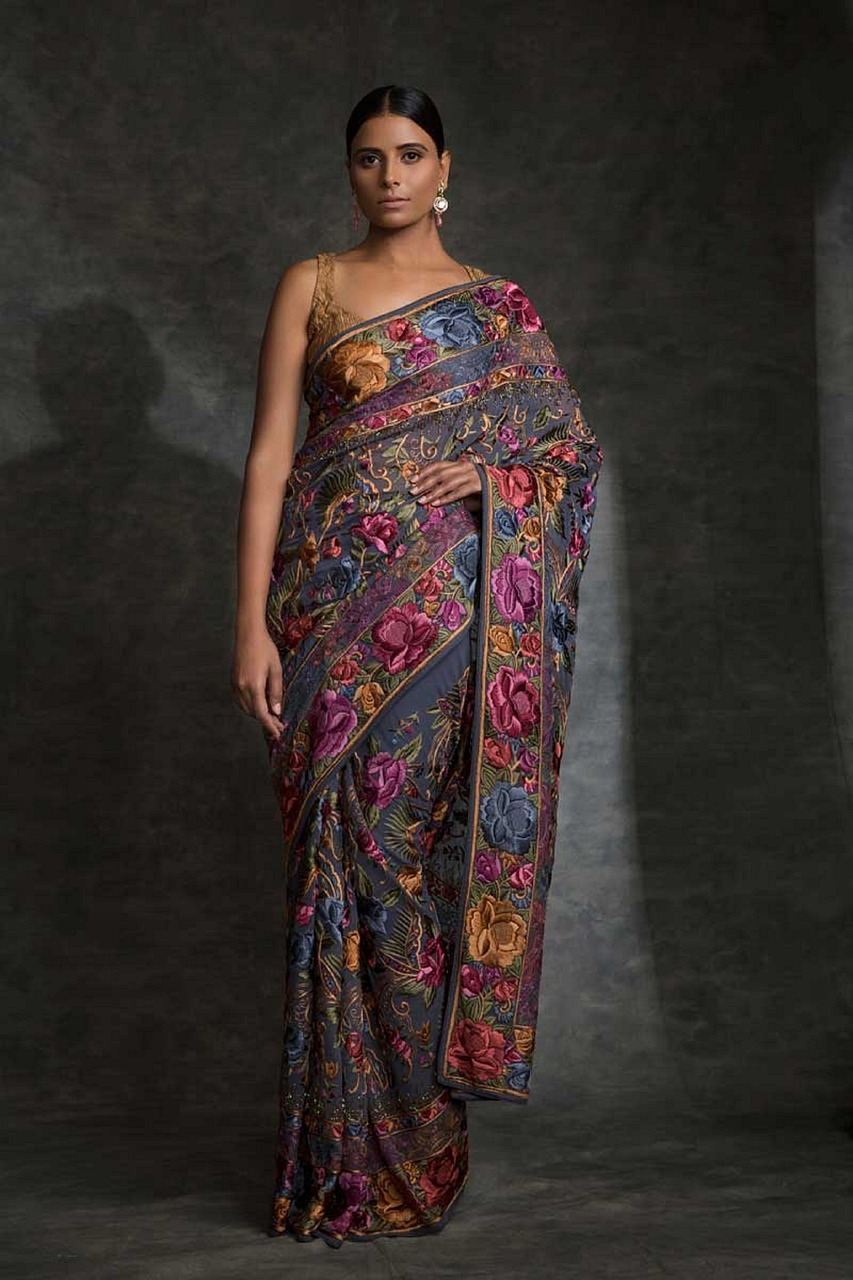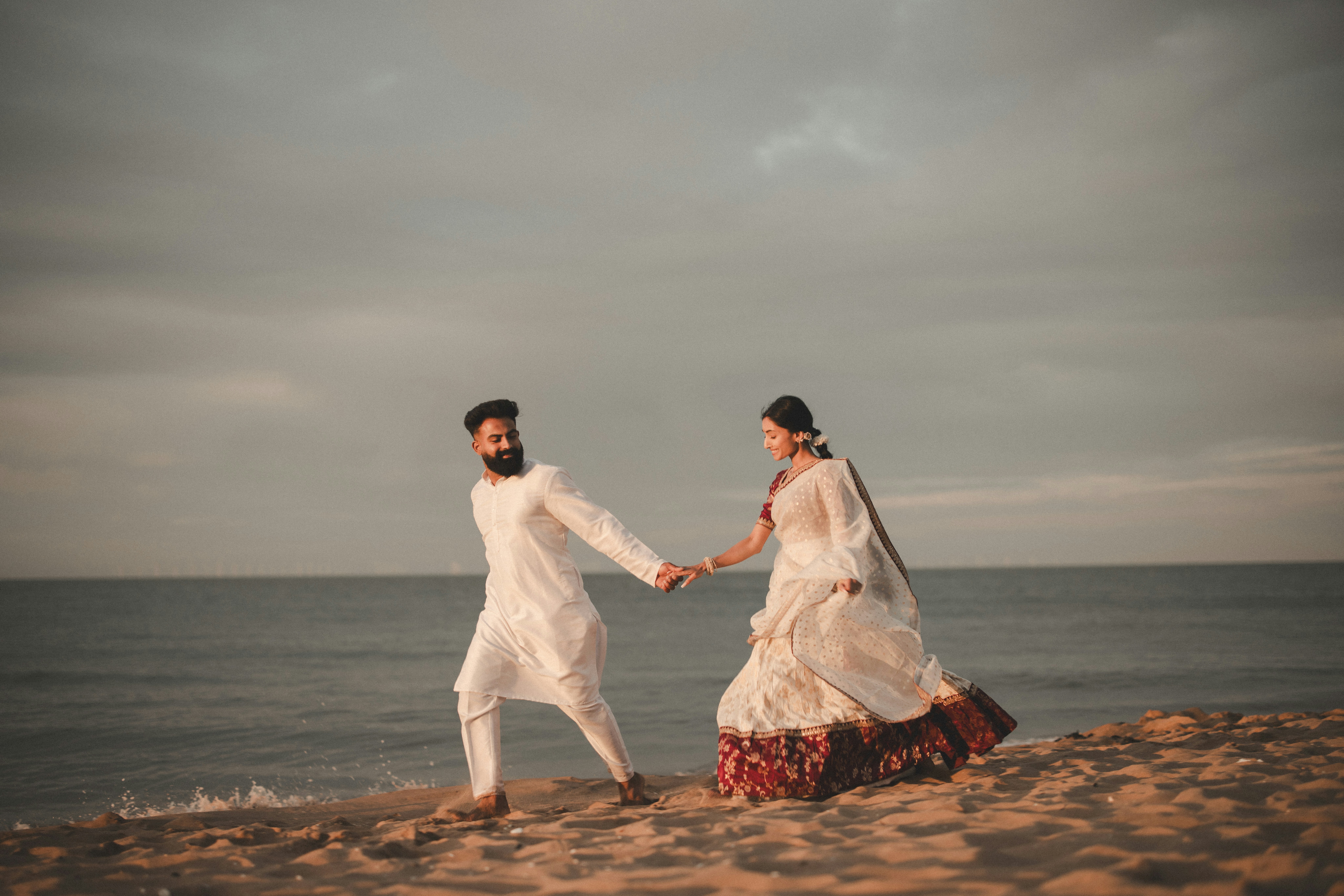
Chiffon sarees are the epitome of elegance, grace, and lightweight charm. Often worn for formal occasions and parties, these sarees drape effortlessly, adding a flowy feminine silhouette that enhances the overall appearance of the wearer. But beyond their sheer beauty lies a fascinating history and unique characteristics that are often overlooked.
In this blog, we’ll dive into the lesser-known facts and unique aspects of chiffon sarees, exploring everything from their origin to why they remain a top pick for Indian and international designers alike.
1. Chiffon is Not Originally Indian
Many people associate chiffon sarees so closely with Indian fashion that it’s easy to forget that the fabric itself has European origins. Chiffon was first produced in France during the 18th century and was initially made from silk, making it a luxury item. The word “chiffon” comes from the French word for “cloth.” It wasn’t until the 20th century that chiffon was introduced into Indian fashion in the form of sarees.
2. It Was the Royal Favourite
Chiffon sarees became popular in India largely due to the royal families. Maharani Gayatri Devi of Jaipur, one of the most stylish royal women in Indian history, is often credited with popularizing chiffon sarees. Her love for French chiffon, combined with her graceful dressing, made chiffon sarees synonymous with class and sophistication in post-independence India.
3. There Are Different Types of Chiffon
Not all chiffon is created equal. There are several types used in saree production:
- Silk Chiffon: Luxurious and expensive, with a soft sheen.
- Polyester Chiffon: Budget-friendly and durable.
- Nylon Chiffon: Offers a silky finish and more stretch.
- Cotton Chiffon: Breathable but less common in sarees.
Each type has its own texture, fall, and price point, making chiffon a versatile choice for designers and wearers alike.
4. Chiffon is a Difficult Fabric to Work With
One reason chiffon sarees cost more than their cotton or georgette counterparts is that chiffon is delicate and tricky to stitch. It slips while cutting, frays easily, and requires careful hemming. Only experienced tailors and designers are comfortable working with chiffon, especially when it comes to embroidery or embellishments.
5. The Secret Behind the “Slimming” Effect
Chiffon sarees are often said to make a woman look slimmer. This isn’t a myth! The fabric’s lightweight nature and translucent texture create a fluid silhouette that hugs the body gently. Unlike stiffer sarees like cotton or organza, chiffon allows natural body movement while offering a visually elongated look.
6. It’s a Bollywood Staple for a Reason
If you’ve seen a dreamy romantic song in Bollywood, chances are the actress is dancing in a chiffon saree. From Sridevi in Chandni to Kajol in DDLJ and Deepika Padukone in Yeh Jawaani Hai Deewani, chiffon sarees have been the go-to costume for romantic and emotional scenes. Why? Because they catch the wind, add a whimsical effect, and look fabulous on camera!
7. Chiffon is Surprisingly Durable
Despite being ultra-light and delicate in appearance, chiffon is quite strong. Especially when made from polyester or nylon, chiffon sarees can withstand regular wear and tear, making them a practical choice for events. The fabric also resists wrinkles, so you don’t need to worry much about ironing.
8. Works for All Seasons
Chiffon is one of those rare fabrics that works in both summer and winter. Its breathable quality makes it ideal for hot and humid conditions, while layering with petticoats or shawls can make it suitable for colder months too. This makes chiffon sarees a year-round wardrobe staple.
9. Easy to Dye and Print
Chiffon is highly receptive to dyes and prints, which is why you’ll see it in vibrant hues, digital prints, floral patterns, and tie-dye effects. Whether you’re going for a classic red or a modern ombre look, chiffon holds colors beautifully and doesn’t fade quickly.
10. Perfect for Heavily Embellished Designs
Because chiffon is light, it provides a great base for heavy embroidery, sequins, and zari work without making the saree bulky. Designers often use chiffon to balance ornate blouses or borders, allowing brides and party-goers to move freely without being weighed down.
11. Chiffon Blends Exist and They’re Amazing
Many modern chiffon sarees are actually blends of chiffon with other fabrics like silk, crepe, or georgette. These hybrids combine the best of both worlds: the softness and flow of chiffon with the shine or structure of the other fabric. This makes them more versatile and often more durable too.
12. Requires Gentle Maintenance
One downside to chiffon sarees is that they need special care. Most should be hand-washed or dry-cleaned, especially if they include embellishments. Storing them flat or rolled rather than folded can help prevent creases and maintain their drape.
13. Chiffon Sarees are Travel-Friendly
Thanks to their lightweight and wrinkle-resistant nature, chiffon sarees are perfect for travel. They take up less space in your suitcase and are easy to carry, making them ideal for destination weddings or trips where you want to pack light but still dress elegantly.
14. They Can Be Styled in Endless Ways
Whether you go for a traditional drape, butterfly style, or modern lehenga-style saree, chiffon lends itself well to experimentation. It’s flexible, stays in place with minimal pins, and is easy to pleat, making it a dream for fashion-forward individuals.
15. Not Just for Women Anymore
While sarees are traditionally a women’s garment, the fashion world is evolving. Male influencers and fashion enthusiasts are now experimenting with sarees, and chiffon’s elegant drape and unisex appeal make it a top pick for gender-fluid fashion movements.
Conclusion
The chiffon saree is more than just a stylish wardrobe choice, it’s a fabric rich in history, versatility, and cultural significance. Whether you’re attending a wedding, a formal party, or just want to indulge in the luxury of delicate elegance, chiffon sarees offer the perfect blend of tradition and modern appeal.
Understanding the unique aspects of chiffon from its origins to care instructions empowers you to wear it with confidence and style. So next time you drape a chiffon saree, remember, you’re not just wearing a garment. You’re embracing a legacy of beauty, history, and timeless grace.





